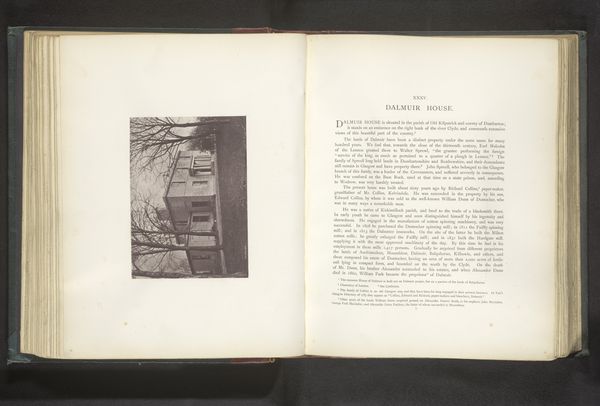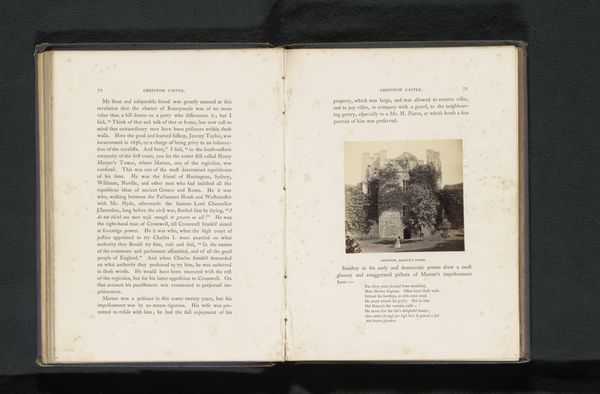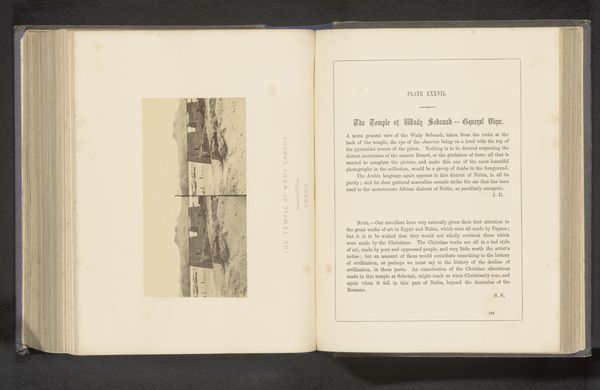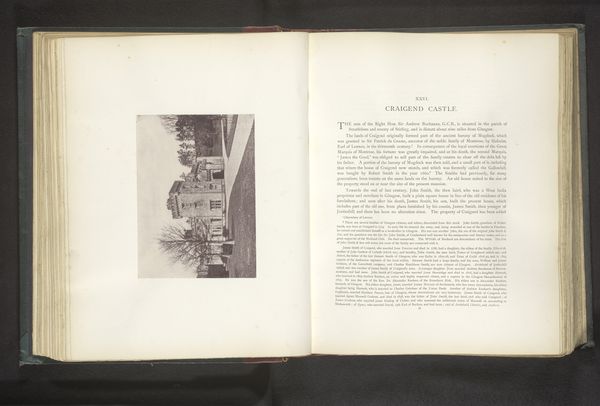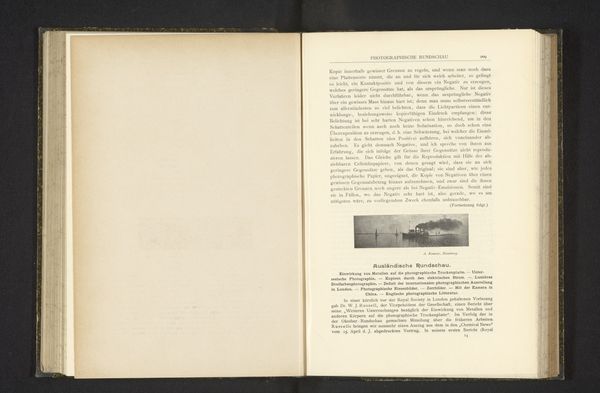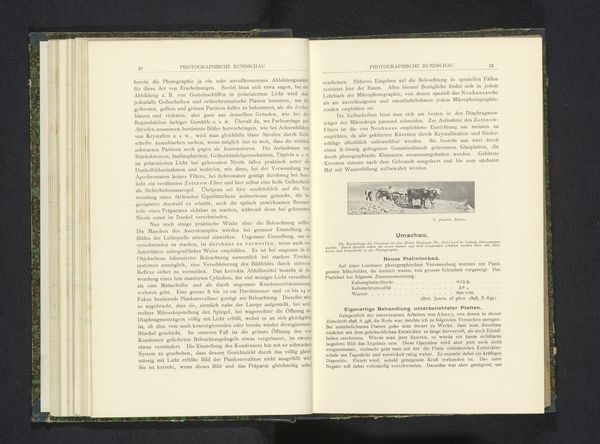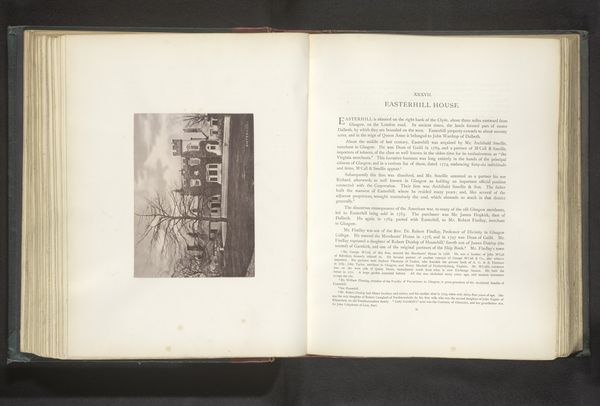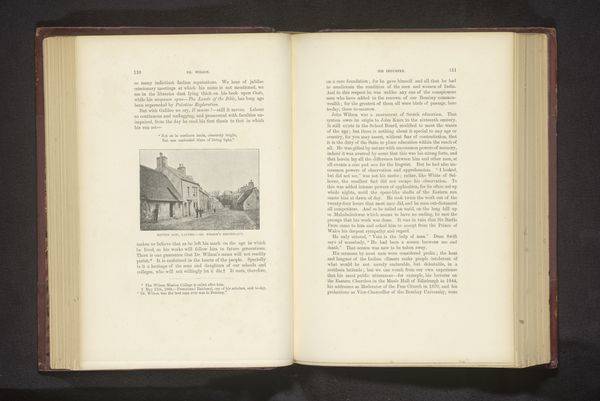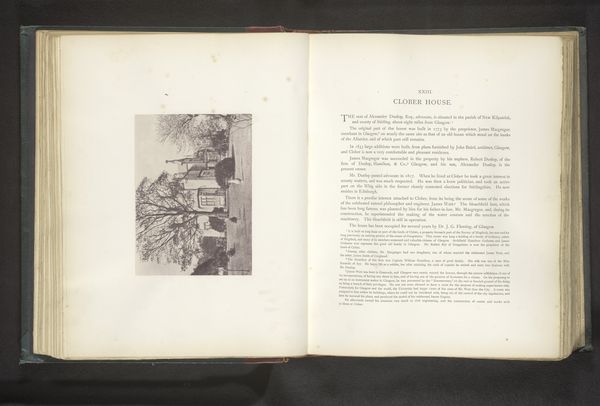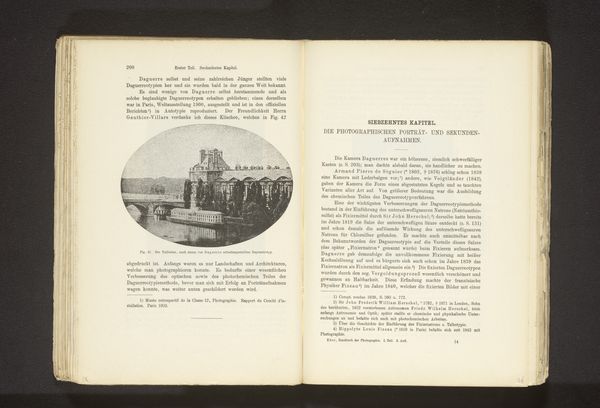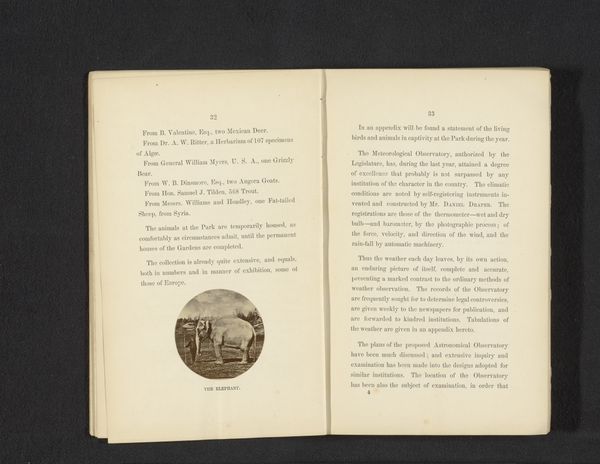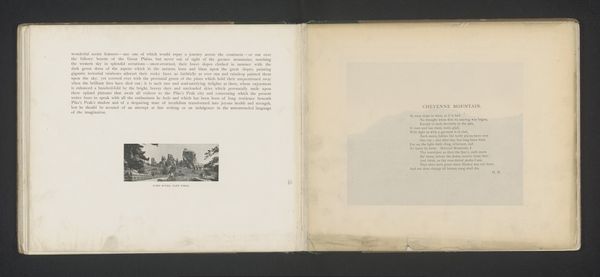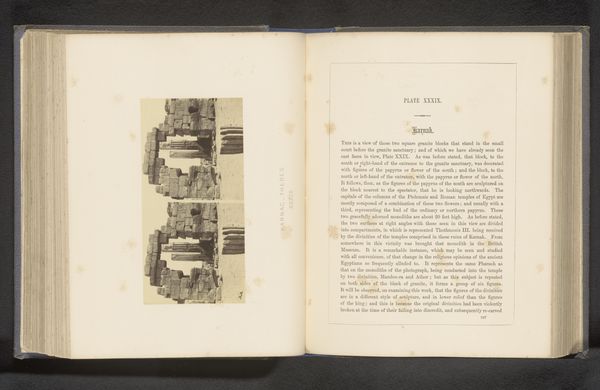
drawing, print, paper, photography
#
drawing
#
narrative-art
# print
#
asian-art
#
landscape
#
paper
#
photography
#
orientalism
#
cityscape
Dimensions: height 64 mm, width 89 mm
Copyright: Rijks Museum: Open Domain
Curator: Before us, we have a print entitled "The Tin Darwaza at Ahmadabad," created before 1893. It's currently housed at the Rijksmuseum. The artist is anonymous, but their depiction offers us a window into late 19th-century India. Editor: It has this sort of ghostly, ethereal feel to it, doesn't it? Like a memory fading at the edges. The figures in the scene are almost spectral, really just hints of people moving through this monumental gate. Curator: Indeed. The "Tin Darwaza," or triple gateway, in Ahmedabad, holds significance as a symbol of royal authority. You can see how the artist has employed shading and perspective. They give a sense of depth. It emphasizes both the size and function as a sort of liminal space, connecting realms of civic importance. Editor: Absolutely. But more than that, I see the gate itself as almost theatrical. The way it frames those figures, and the light...it is dramatic, don’t you think? Almost like a stage setting awaiting a narrative. I am imagining stories attached to it, power and procession. Curator: I agree that the dramatic aspect stems from its symbolic associations with royal processions and public announcements. Throughout history, rulers used such imposing structures to project their power and influence, reinforcing their authority in the collective memory of the city's inhabitants. Note, too, the Orientalist leanings here. Editor: Which you can clearly see! That definitely seeps into my impression of that kind of “ghostly” feel I first noticed; a western gaze observing another world, trying to make sense of its echoes. Curator: Exactly, yes, but the architectural space takes precedence. I see in it a more interesting blend of documentation and Orientalist interpretation of a distinctly Indian urban space. It presents an important, albeit mediated, snapshot of its historical and cultural context. Editor: Well, seeing it laid out and printed in this book format certainly contextualizes it, adding another layer. It speaks to how knowledge and perception get distributed, right? Curator: Precisely. From documentation to a form of popular consumption—illuminating its lasting impact across time. Editor: Yeah, and I appreciate that while some interpretations come and go, these archways stand firm, rooted in something very real. They continue to offer passage into the imagined realms they present.
Comments
No comments
Be the first to comment and join the conversation on the ultimate creative platform.
